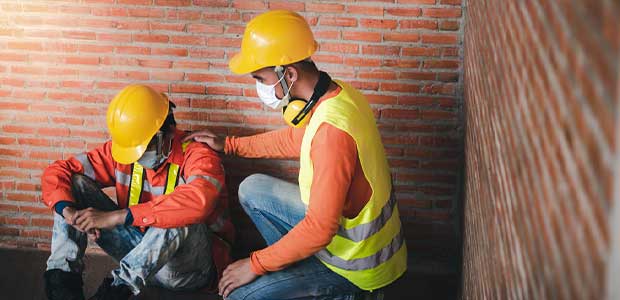
New Report Shows Worker Stress at Potential High
Over 40 percent of people surveyed said they felt stressed the day prior to taking the survey.
- By Alex Saurman
- Jun 23, 2022
A new survey shows that worker stress may be at a new high.
Last year, Gallup surveyed people in 160 countries across the world. It published the findings in a report, “State of the Global Workplace: 2022 Report.”
In the survey, 44 percent of global workers said they felt stressed “a lot of the day yesterday.” This number is the highest it’s been since the beginning of Gallup’s reported data. In 2020, the number of workers who felt stressed was 43 percent.
However, people surveyed did report less worry, sadness and anger than the previous year. In 2020, 41 percent reported worry and in 2021, only 40 percent did. Sadness was reported by 25 percent of those surveyed in 2020, and only 23 percent in 2021. Anger decreased the most in the last year. Only 24 percent of those surveyed reported anger in 2020, and 21 percent in 2021.
Of the 44 percent who were stressed the day before taking the poll, 49 percent said they were not thriving and not engaged.
“We often think of engagement as something that happens at work and wellbeing as something that happens outside of work, but Gallup’s analysis suggests that’s a false dichotomy,” the report said.
Life outside of work and work have the potential to influence each other. Employees with “high levels of burnout at work say their job makes it difficult to fulfill their family responsibilities,” the report said, and people who are “engaged at work but not thriving have a 61% higher likelihood of ongoing burnout than those who are engaged and thriving.”
How many workers are both engaged and thriving? Nine percent, according to the poll, globally.
Employers can make the shift to focusing on the worker as a whole, the report suggests. For resources on supporting workers, visit NSC’s website or listen to our podcast on supporting employee mental health and wellness.
About the Author
Alex Saurman is a former Content Editor for Occupational Health & Safety,who has since joined OH&S’s client services team. She continues to work closely with OH&S’s editorial team and contributes to the magazine.